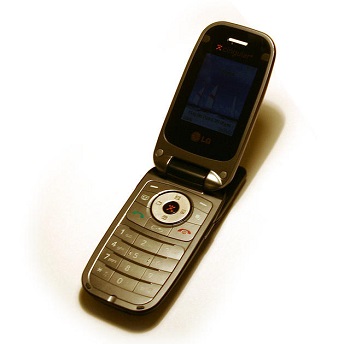The designs in this new line use wearable technology to bring style and function into the same place.
Engineers and designers have gathered around the world for the MakeFashion event that uses wearables in a way that is meant to be “augmenting the human experience” through a combination of form and function, according to the event’s co-founder.
The event took place in Calgary, Canada and brought runway fashions together with wearable technology.
This isn’t the first time MakeFashion has hit the runway. In fact, it was first launched in June 2012 by a team of three people from the Canadian city. For the fourth year, the gala has now been held at Telus Spark. Among the features that hit the runway were a range of different scientific wearables as well as stunning responsive runway clothing. Each was required to incorporate style and some form of practical application.
The wearables could cause the clothing to do everything to alter their colors to even changing shape.
 The various options from the wearable technology allowed wearers to change the appearance of their clothing based on what they wanted or could even allow the clothing to respond to their mood by reading their brainwaves and offering a reflection of that mood through fashion expression.
The various options from the wearable technology allowed wearers to change the appearance of their clothing based on what they wanted or could even allow the clothing to respond to their mood by reading their brainwaves and offering a reflection of that mood through fashion expression.
Co-founder of the event, Shannon Hoover, explained that “You end up with a piece that looks amazing, looks beautiful, but has the technology that you would expect to see in wearable technology.” He also pointed out that the designs featured in this event had a focus on enhancing the “human experience” while making it possible for people to interact with their fashions and with each other with greater meaning.
Hoover pointed out that “Your FitBit, it tracks your motion and your activity, but it doesn’t do a lot about telling human stories.” The hope is that the pieces that were displayed on the runway would offer a greater ability for expression by the individual wearing the various pieces. The goal is to have the clothes tell the story of the person wearing them through wearables that are able to detect it.
In California, if a law should pass, it would mean people would need identification to legally buy a prepaid cellular phone.
A new bill has been put forward by House Representative Jackie Speier (D-San Francisco/San Mateo), that will require that proper identification be presented to retailers before they will be able to legally sell a burner phone – also known as a prepaid cell phone – to a consumer.
The bill has been named the “Closing the Pre-Paid Mobile Device Security Gap Act of 2016”.
The purpose of this burner phone bill is to “close one of the most significant gaps in our ability to track and prevent acts of terror, drug trafficking, and modern-day slavery,” said Speier. These prepaid devices are used by many different people throughout the country without any problem or ill intentions. However, they have also become a central method of communication among those who would do a great deal of harm such as in the case of terrorism, and drug and human trafficking.
If the regulation should become a law, identification would need to be presented when buying a burner phone.
 Retailers selling these prepaid mobile devices or SIM cards would be required to ask a consumer to present the following before a sale can be made:
Retailers selling these prepaid mobile devices or SIM cards would be required to ask a consumer to present the following before a sale can be made:
• The purchaser’s full name
• The full home address of the consumer
• The buyer’s date of birth
The bill also specifies the types of identification that would be considered acceptable for purchasing these mobile devices and SIM cards. T hey include a Federal or State identification card, a W–2 Wage and Tax Statement, a Form 1099 from the Social Security Administration or other government agency or any other type of documentation that would be considered appropriate by the Attorney General.
The retailers selling the burner phone and/or SIM card must record the information that has been presented, along with the information specific to that mobile device. The hope is to be able to reduce the chances for anonymously owning a cell phone that can be used for dubious purposes and to make it more possible to track down the owner of a device that was evidence in a criminal case.
 The various options from the wearable technology allowed wearers to change the appearance of their clothing based on what they wanted or could even allow the clothing to respond to their mood by reading their brainwaves and offering a reflection of that mood through fashion expression.
The various options from the wearable technology allowed wearers to change the appearance of their clothing based on what they wanted or could even allow the clothing to respond to their mood by reading their brainwaves and offering a reflection of that mood through fashion expression.
 Retailers selling these prepaid mobile devices or SIM cards would be required to ask a consumer to present the following before a sale can be made:
Retailers selling these prepaid mobile devices or SIM cards would be required to ask a consumer to present the following before a sale can be made: